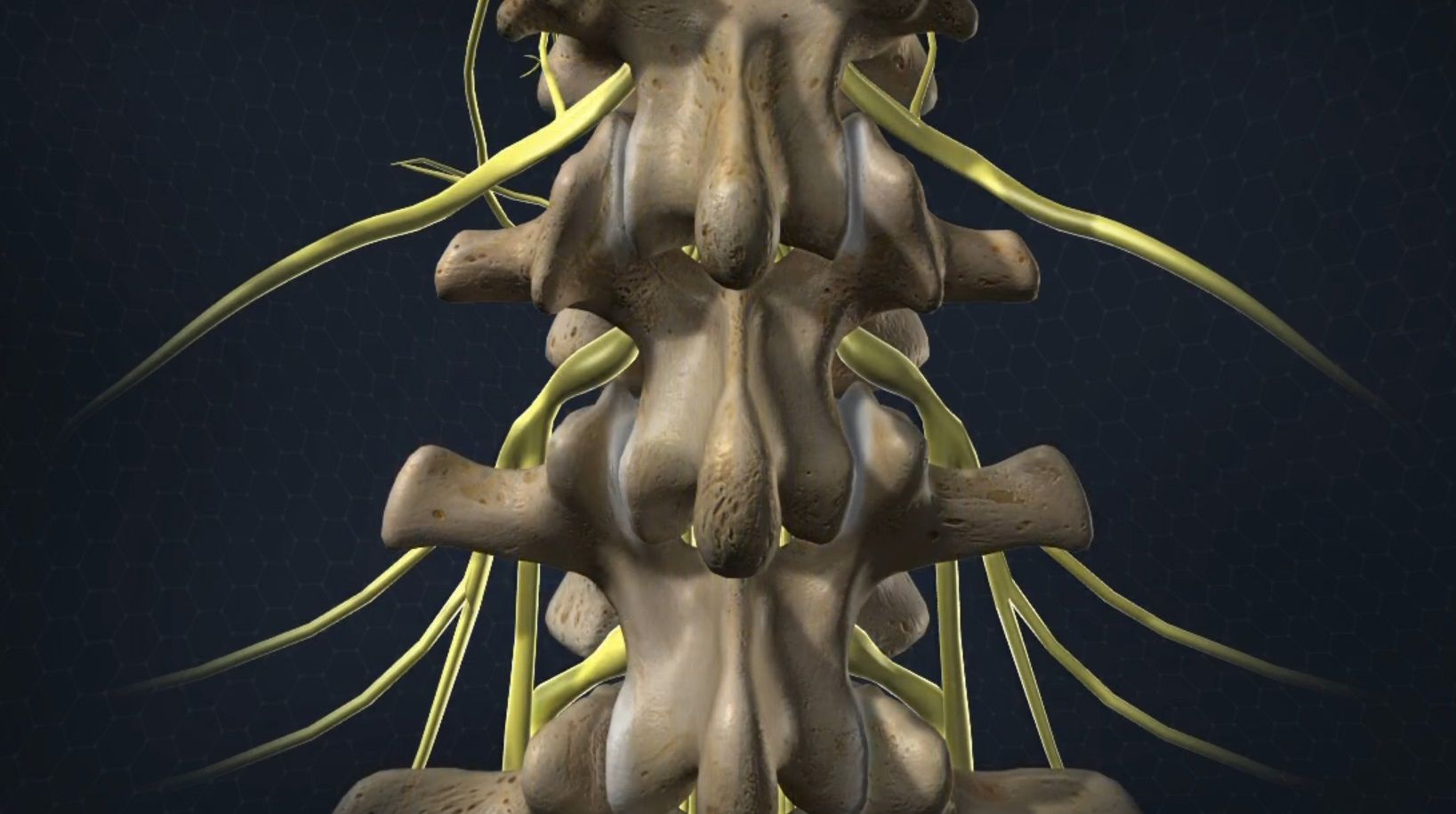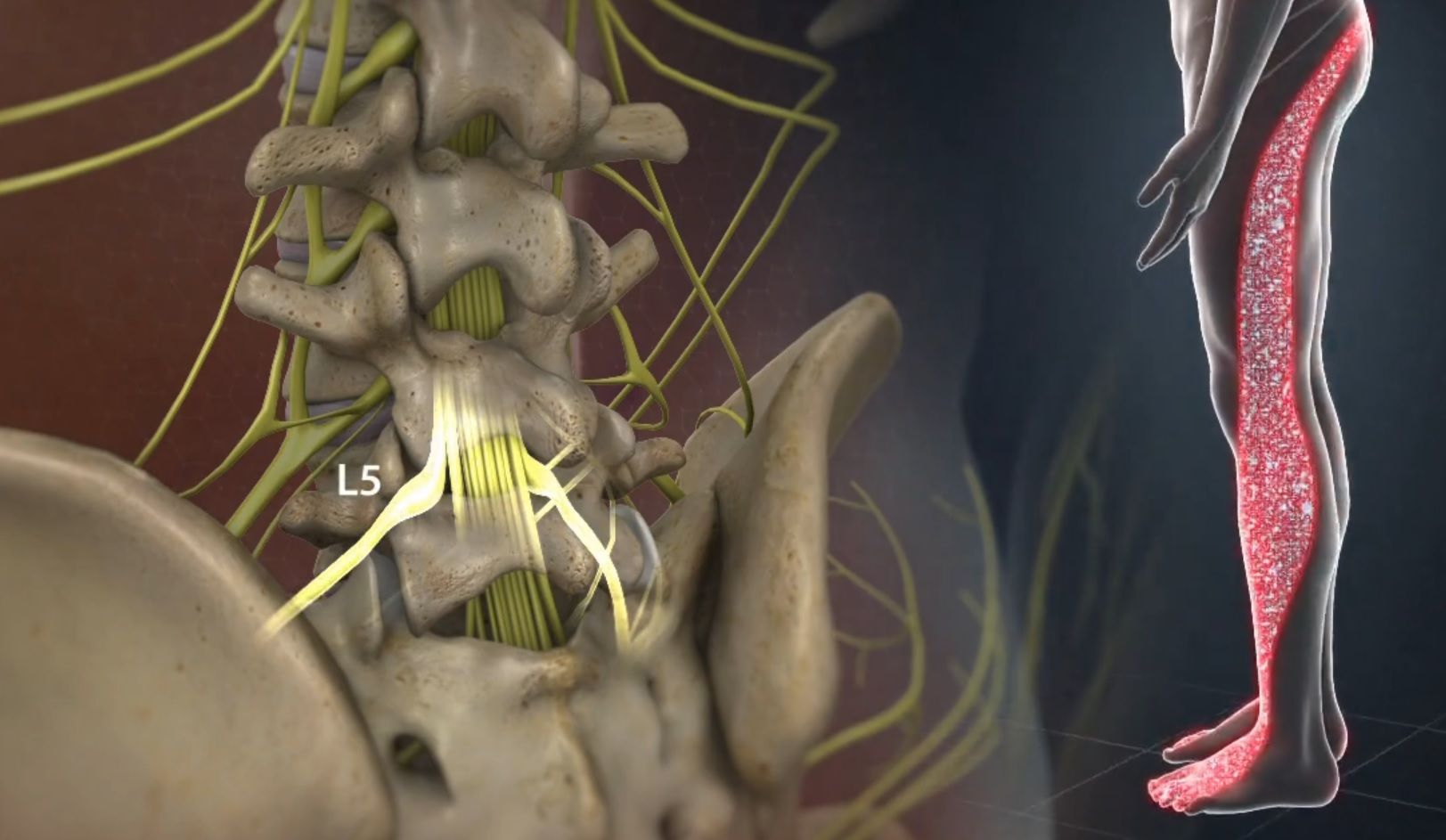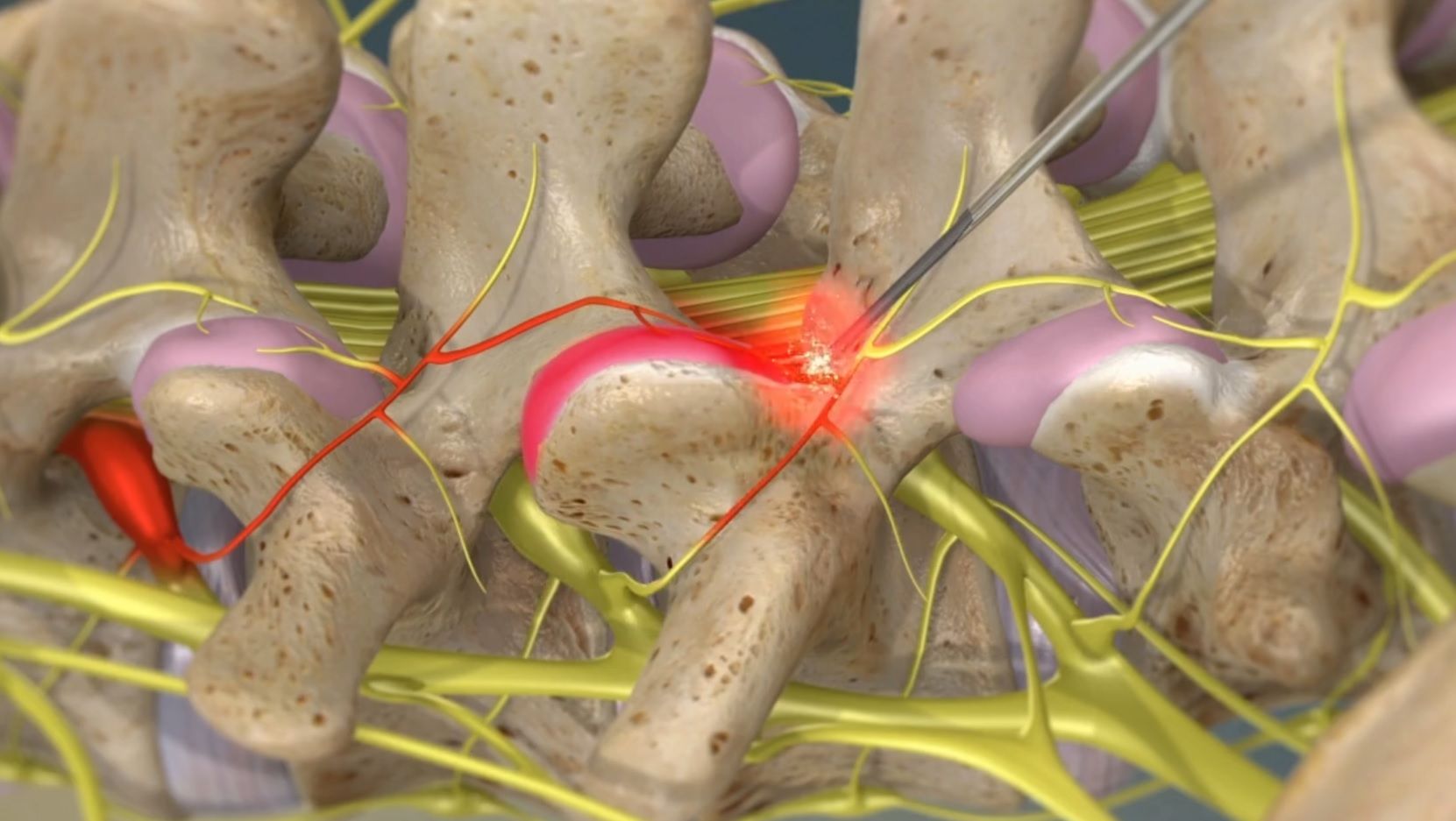Fusion – Transforaminal Lumbar Interbody Fusion (TLIF)
Fusion – Transforaminal Lumbar Interbody Fusion (TLIF)
Overview
Transforaminal Lumbar Interbody Fusion (TLIF) surgery treats back or leg pain caused by compressed nerves. The surgeon uses bone graft material and hardware to fix two or more vertebrae together. Most TLIF surgeries have shorter recovery times, since the damaged disc is accessed through only one side of the spine.
Disc Accessed and Mostly Removed
Incisions are cut into your lower back. Parts of the vertebral bone are removed to access the disc. The surgeon removes most of the damaged disc, leaving a portion of the disc wall behind to help contain the bone graft material.
Implants, Bone Graft, and Additional Support
Implants are placed in the empty disc space, aligning the spine and relieving pressure on pinched nerve roots. Bone graft material is packed into the area within the remaining disc wall. The surgeon will use screws and rods for additional support, often packing additional bone graft material around this hardware.
End of Procedure
Living bone from the adjacent vertebrae will integrate with the bone graft material, forming a bone bridge (fusion) connecting the vertebrae. This fusion will reduce your low back range of motion, but should also alleviate your compressed nerve pain and symptoms.
Revised from www.viewmedica.com © Swarm Interactive. Unauthorized duplication is strictly forbidden.
- Category / Surgery




